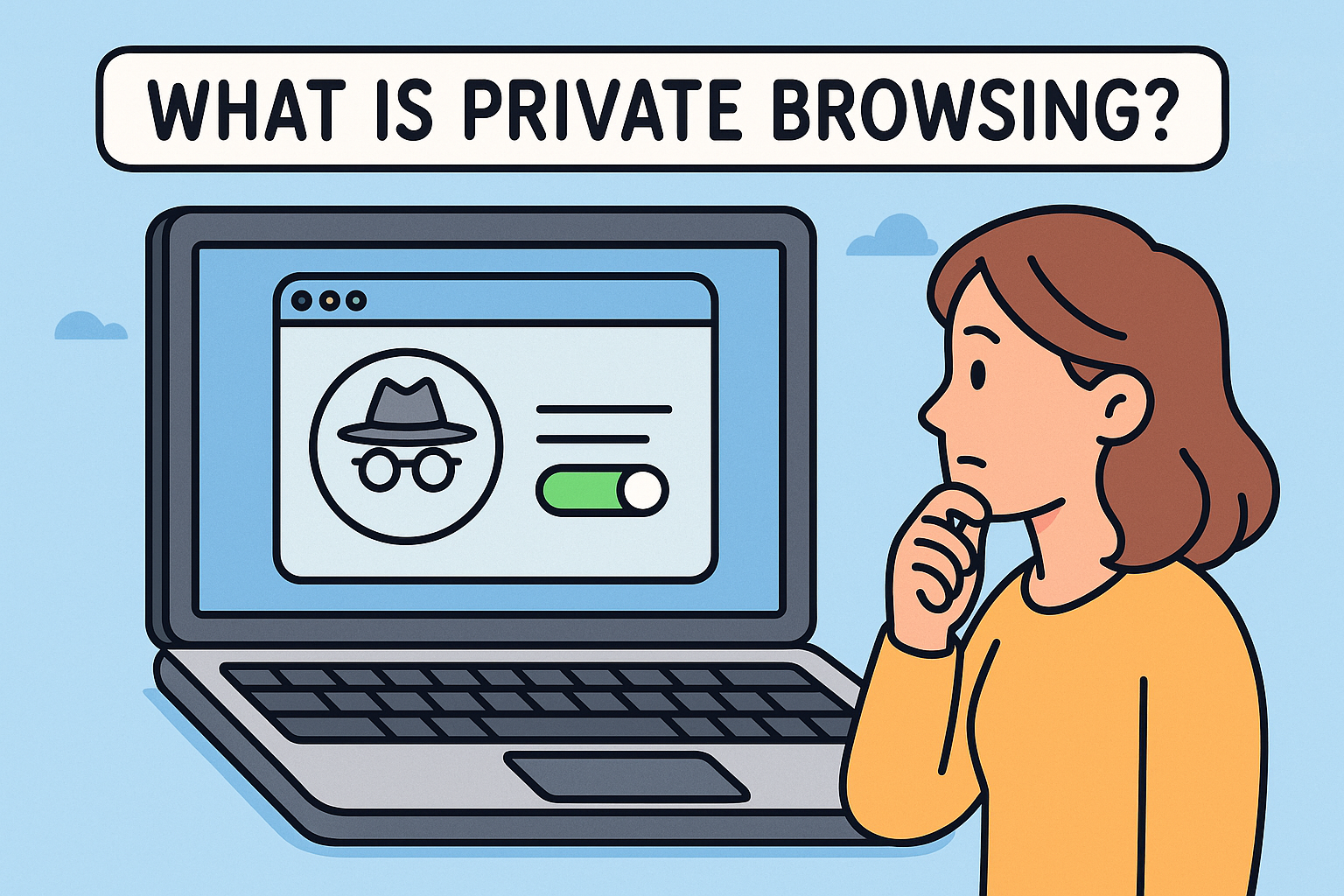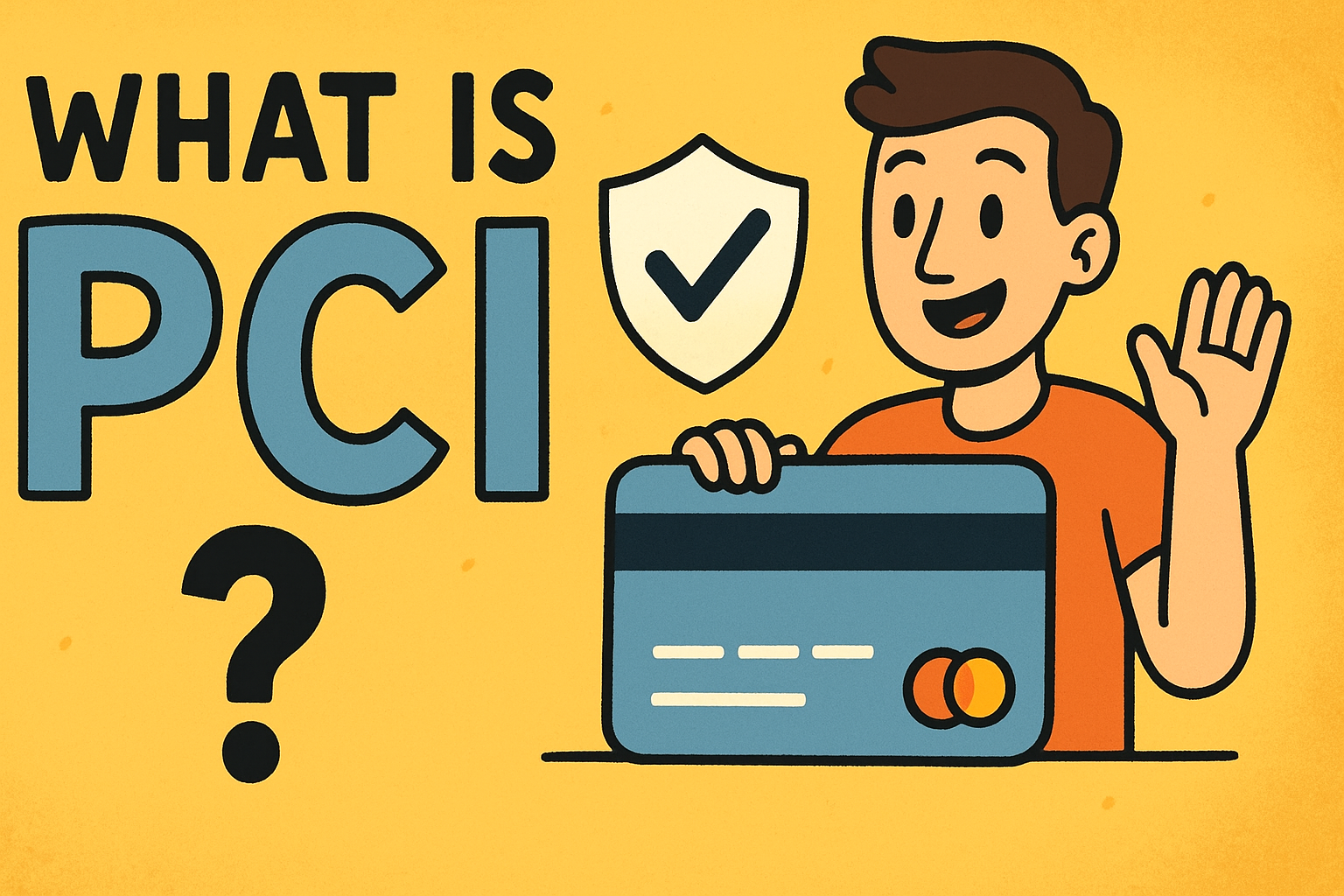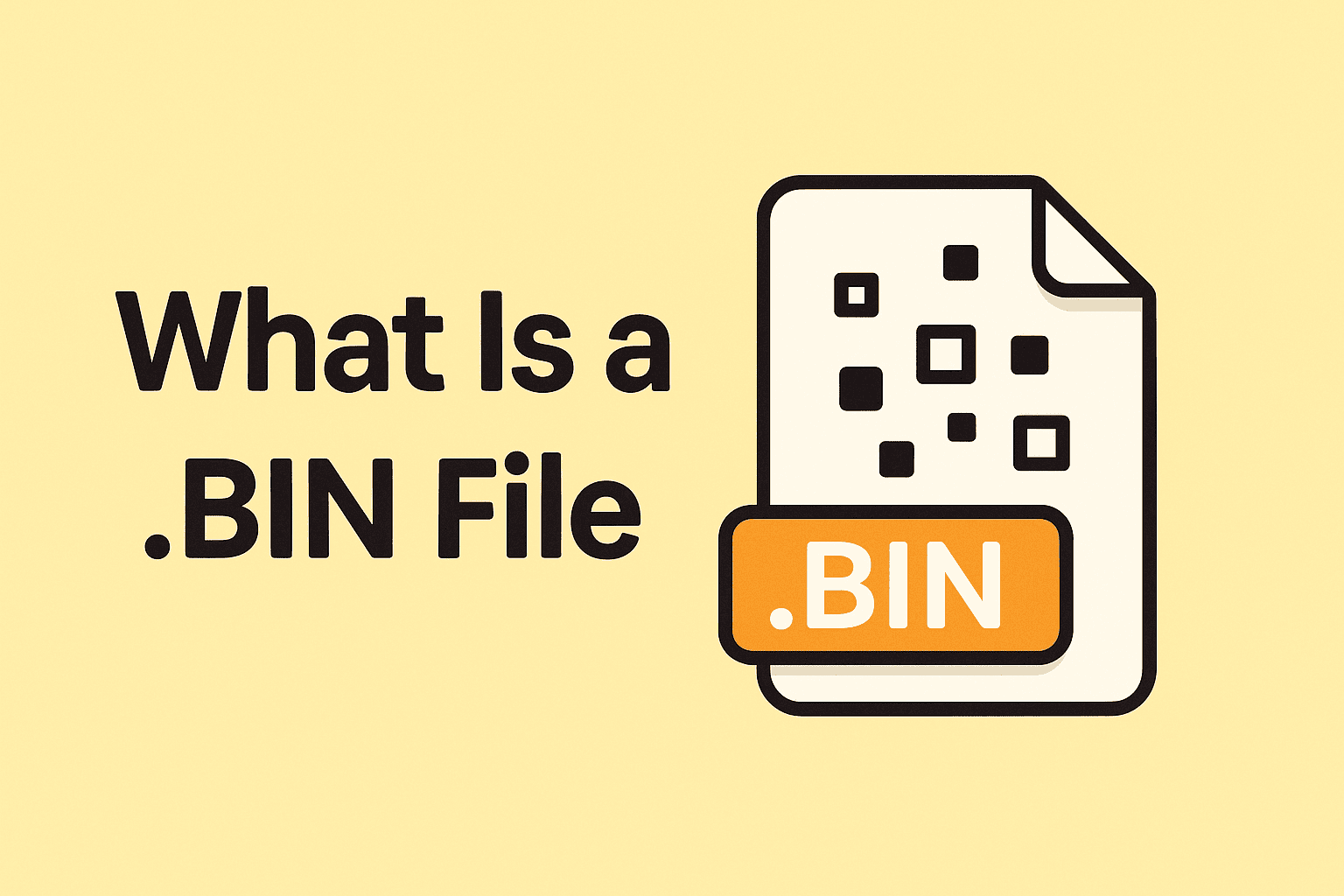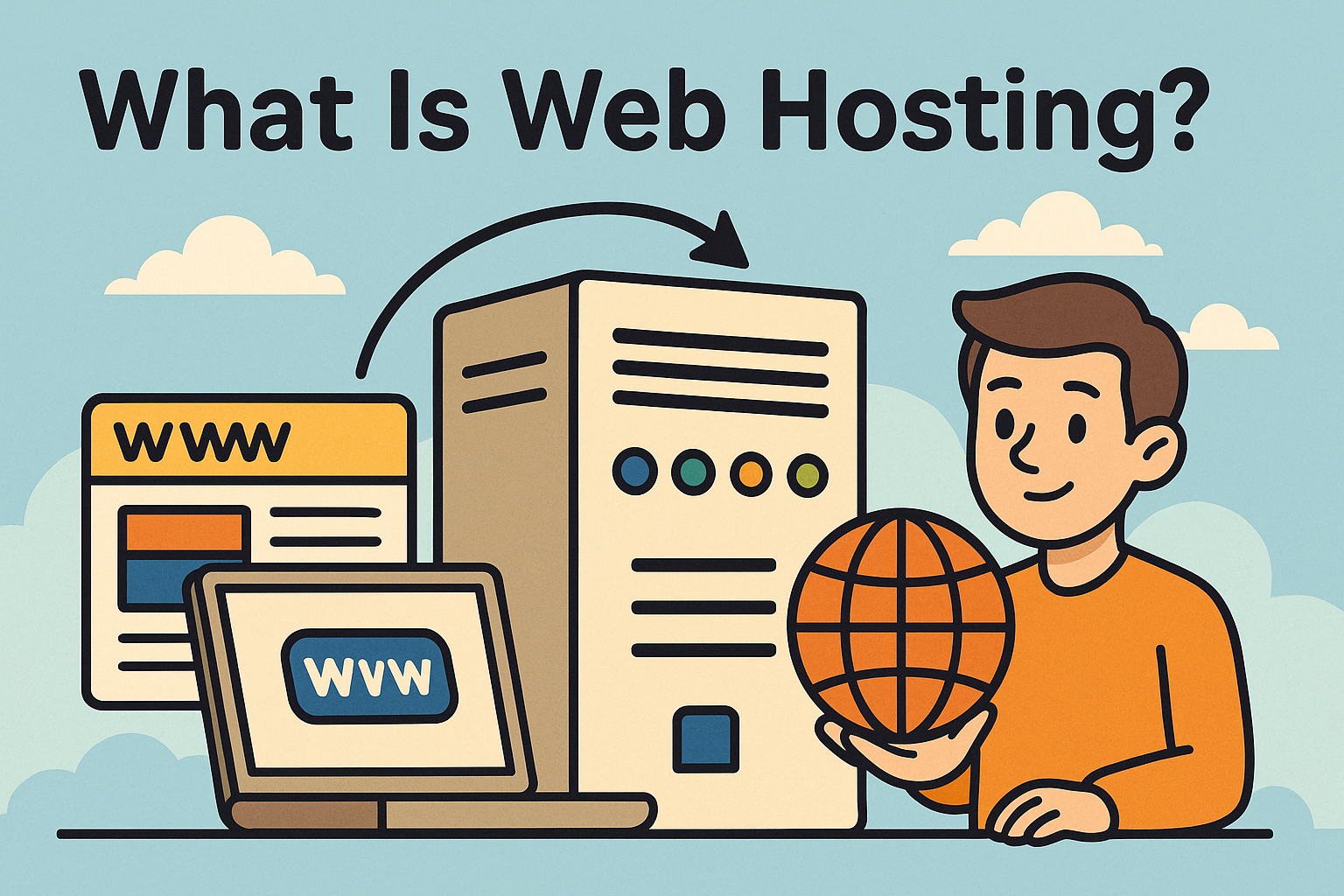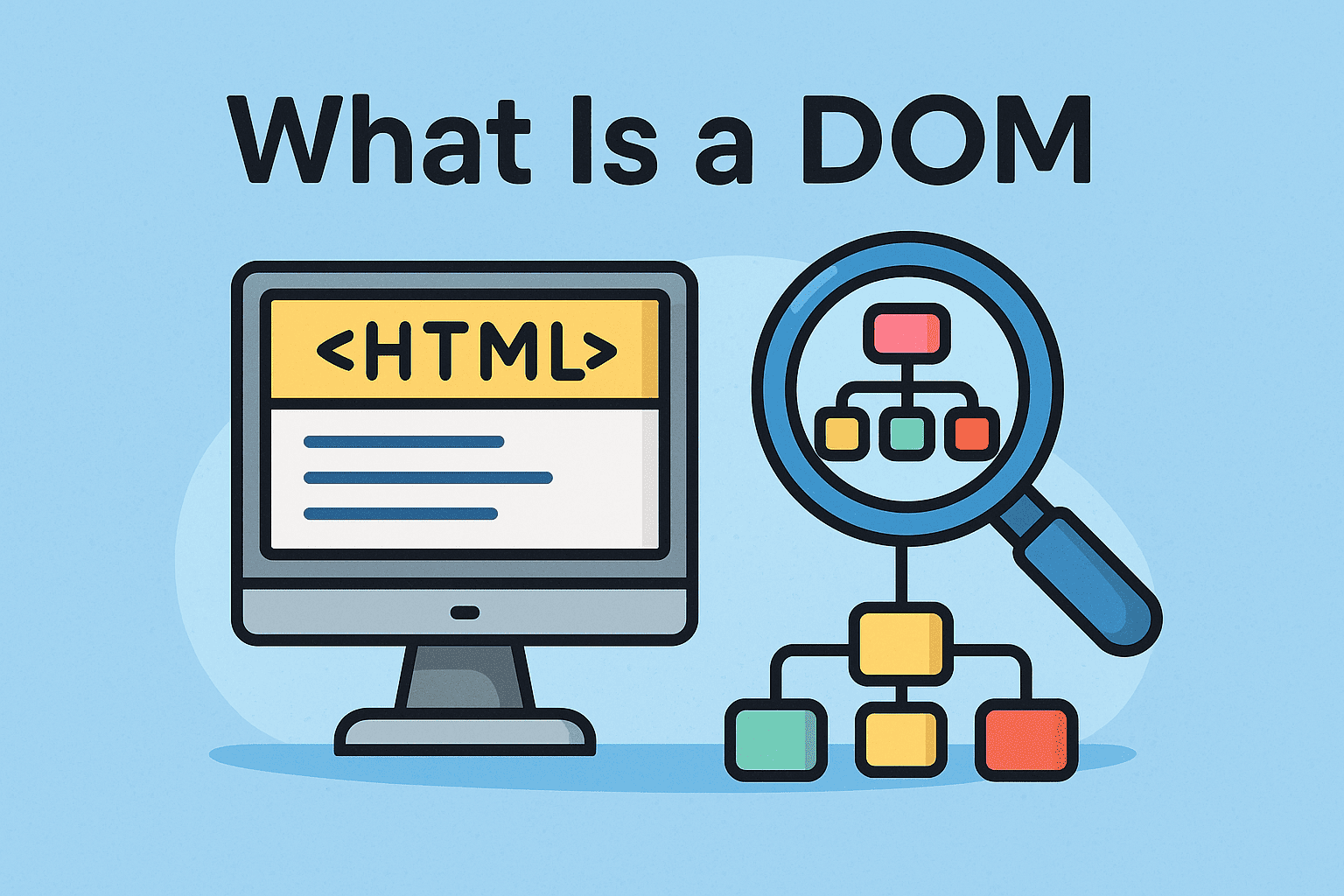New Xcitium Report Redefines Endpoint Protection
Updated on January 1, 2025, by Xcitium

Xcitium, IT security firm provides new understanding and outlook on the current state of endpoint security. It came up with the report with a title “Endpoint Protection for 2017 and 2018 – Redefined” It states that the revised Endpoint Protection Platform delivers an efficient and robust analysis of the current challenges that any endpoint security vendors face today.
The report additionally gives new and profitable proposals to security and risk management manager pioneers as they assess their choices.
The Drivers Behind The Report
It’s been more than a long time since Gartner described endpoint protection and in the resulting years — especially over the previous two years — Xcitium has watched real changes affecting all activities of the 20-year-old endpoint security market. Some factors that made Xcitium accept and believe the requirement for a new and novel approach of definition which includes the following
Vendors have constrained their ability to change quickly and easily by including new features year after year that are not any more successful against present day malware threats, for example, current day ransomware attacks.
A similar legacy sellers harboured their clients to expensive on-premises, hardware based arrangements that are not considered important with the present day advancement in cloud computing and SaaS models.
Endpoint detection and Response (EDR) and security solutions were observed as discrete items.
Progressions in security advancements, for example, machine learning and behavioural examination have decreased the requirement for legacy security features like antivirus signatures.
Various new merchants have entered the market with “point” arrangements that comprehend a restricted bit of the issue however don’t meet the more extensive criteria of a full endpoint protection system.
Consolidating administrations, similar to threat chasing, with innovation arrangements which has demonstrated compelling solutions in guarding against complex assaults that are winding up progressively common.
Real Changes and Recommendations From Xcitium
The report recognises important changes in the EPP market and offers suggestions for security and risk administration pioneers as they assess a huge crowd of sellers. A synopsis of these are as per the following:
Conventional features have been dropped: DLP, MDM and particular security for servers were removed from the EPP definition.
EDR is presently part of the suite: Xcitium reasoned that EDR has seen expanded selection because of the acknowledgement that it’s unrealistic to completely obstruct 100% of malware attacks. Xcitium is presently making the combination of behavioural and machine learning procedures for counteractive action, detection and reaction, as a vital approach.
More value on managed searches: Companies are to include managed searches whenever possible. This can expand internal security methods, paying little respect to a company’s size, complexity or staff assets.
Less value on versatile and Virtual Desktop Infrastructure (VDI): The clients search for solutions intended to protect both MacOS and Windows. They do not consider VDI, servers and mobile anymore, as a key buying criteria for EPP.
Moving to the cloud is urgent: This refers to various efficiencies around both risk viability and regulatory overhead that can be accomplished by opting EPP sellers that offer cloud-based platforms.
Xcitium’s definition on the new Endpoint Protection
The Endpoint Security System form Xcitium functions based on the client-server model. A security software is present within the network on centrally controlled server. The client server is located on each endpoint. The security software authorizes the user login attempts that done from the endpoints.
Xcitium Endpoint Protection tool has the following features
- Containment with auto-sandboxing
- Web URL Filtering
- Xcitium Firewall
- Antivirus
- File Lookup Services (FLS)
- Host Intrusion Protection System (HIPS)
- Viruscope (Behavior Analysis)




